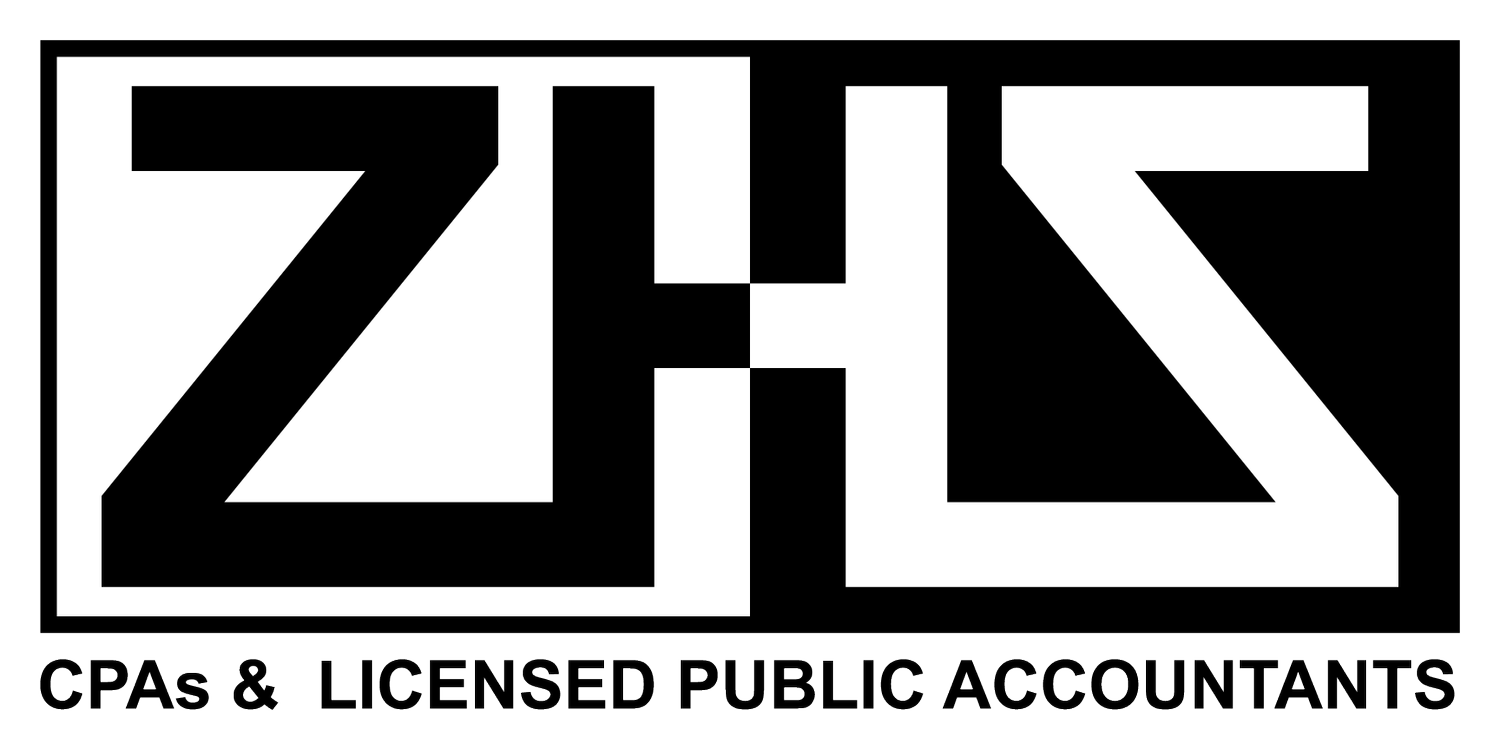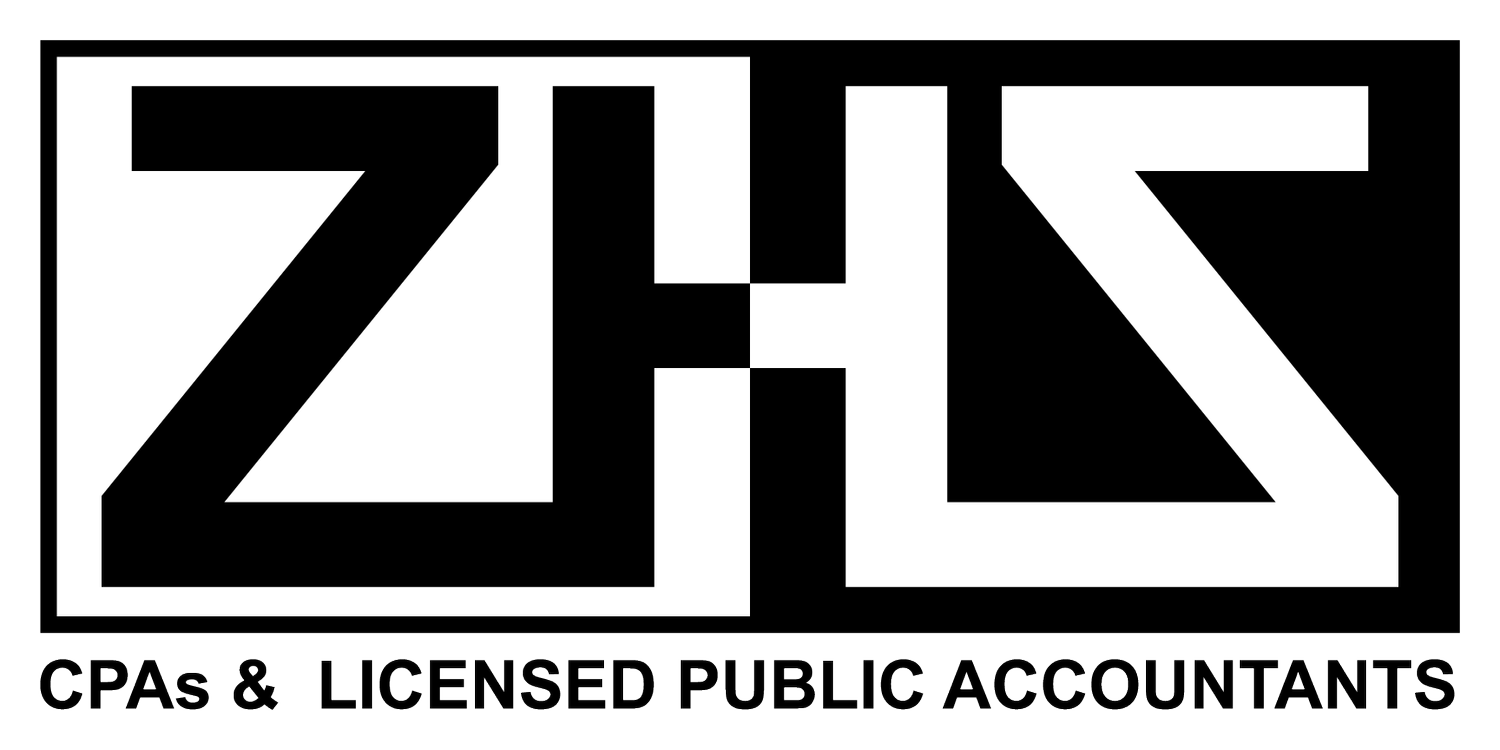Tax Season Planning and Deadlines to Know for 2023
Knowing tax deadlines, preparing the right documents, applying for the right tax credits, and paying the correct tax payable can all sound too complex and challenging.
It certainly is a challenge but if you plan before the busy tax season, you can feel relaxed.
Tax Deadlines to Remember
Your tax filing deadline as an individual is April 15 and March 15 as a business every year unless you apply for an extension.
However, filing tax returns require careful and early planning. The first step in tax preparation is to know important tax dates and deadlines.
For Individuals
Here are a few key dates to remember when you are filing as an individual:
· January 16 2023 will be the last date for the fourth quarter (Q4) estimated tax payments for self-employed and certain individuals.
· Employers must send Form W-2s by January 31, 2023; it will be the due date for taxpayers to send Form 1099s for independent contractors and self-employed as well.
· February 15 2023 is the last date to apply for withholding income tax through the Form W-4.
· April 18 2023 is your tax deadline. It is also the last day to deduct IRA/HSA deductions for the tax year 2022.
· If you need more time, you can apply for an extension by April 18, 2023.
For Businesses
The tax season begins in January 2023 for business taxpayers as well.
· The last date for Q4 estimated tax filing is January 15, 2023.
· Employers must send W-2s by January 31, 2023.
· The tax deadline for S Corporations, Multi-member LLCs, and Partnerships is March 15, 2023.
· For other businesses, the tax deadline is April 18 20223 this time.
· Businesses can apply for tax filing extensions by the original deadlines mentioned above.
· Businesses following a fiscal year rather than a calendar tax year can file after three months of the last day of their fiscal years.
Top Tips for Tax Season Planning
Once you grasp these important deadlines, it’s time to plan and prepare for the tax season.
Here are some top tips for individuals and businesses to avoid the last-minute hustle of the chaotic tax season.
Start Preparing Documents
The most important step in tax filing is to get your documents in order. You'll need documented proof of transactions from the first day of the year.
Individuals and businesses must keep a well-maintained journal of their income and expense logs. Each transaction must be backed by documented copies.
Starting with your bank account statement reconciliation can be a good option. Then, match the income statement records with your bank accounts and have a thorough inspection of all financial transactions throughout the year.
Account for the Inflation Adjustments
You have been through a tough year due to inflation and economic recession. That’s the reason the Internal Revenue Service (IRS) announces adjustments for inflation every year.
A significant 7% increase in the income tax brackets, standard deductions, and Earned Income Tax Credit (EITC) will significantly impact your returns this year.
Some other key points to note include:
· The standard deduction limit for an individual is $13,850, for joint-filers, it’s $27,700, and for household heads, it’s $20,500.
· The EITC limits for filers are:
o No child = $600, 1 child = $ 3,995, 2 children = $6,604, and 3 children or above = $7,430.
· The income limits for the EITC for single and joint filers have increased as well.
· Similarly, the IRS has updated the inflation effect on other tax deductions and credits like gift exemptions ($17,000), estate exemptions, foreign earned income exclusion, etc.
More importantly, the tax brackets for individuals, joint filers, and businesses have also been updated by the IRS. Knowing these increased limits can help you make the most of the inflation adjustments this year.
Understanding Tax Deductions
An important step to take now is to understand the available tax deductions. For instance, having a student loan interest is a tax-deductible expense but a credit card interest is not.
Consulting an experienced and professional tax preparer can help you find out all the relevant tax deductions with increased limits this year.
Consider the Available Tax Credits
Inflation adjustments affect most but not all tax credits. For instance, the childcare tax credit is not linked to inflation and remains $2,000 per child in 2023 too.
However, researching the applicable tax credits can help you save a lot of money. For instance, if you have installed renewable or solar energy, you can claim a 30% tax credit.
Maximizing Your Tax Refunds
Here are a few quick tips for you to maximize your tax refunds:
· You can roughly save around $5,000 more by maximizing IRA or other retirement account contributions.
· Review your estimated tax filings before the year's end. It's important for individuals as well as businesses.
· You can claim a 7.5% medical tax expense if your annual gross income is above $50,000.
· Businesses can maximize payments and delay invoices to adjust the income tax brackets. Do not conceal facts though and consult a professional before planning this move.
· Maximize your tax-deductible gifts and charitable donations.
· Sell your loser stocks and offset the losses against capital gains for the year.
For individuals and businesses alike, early communication with their tax-preparers is the key. If you find yourself behind the calendar, you can ask for an extension before Tax Day as well.

